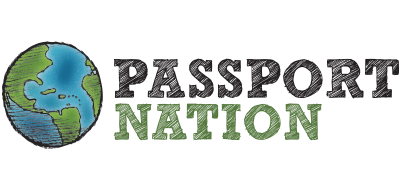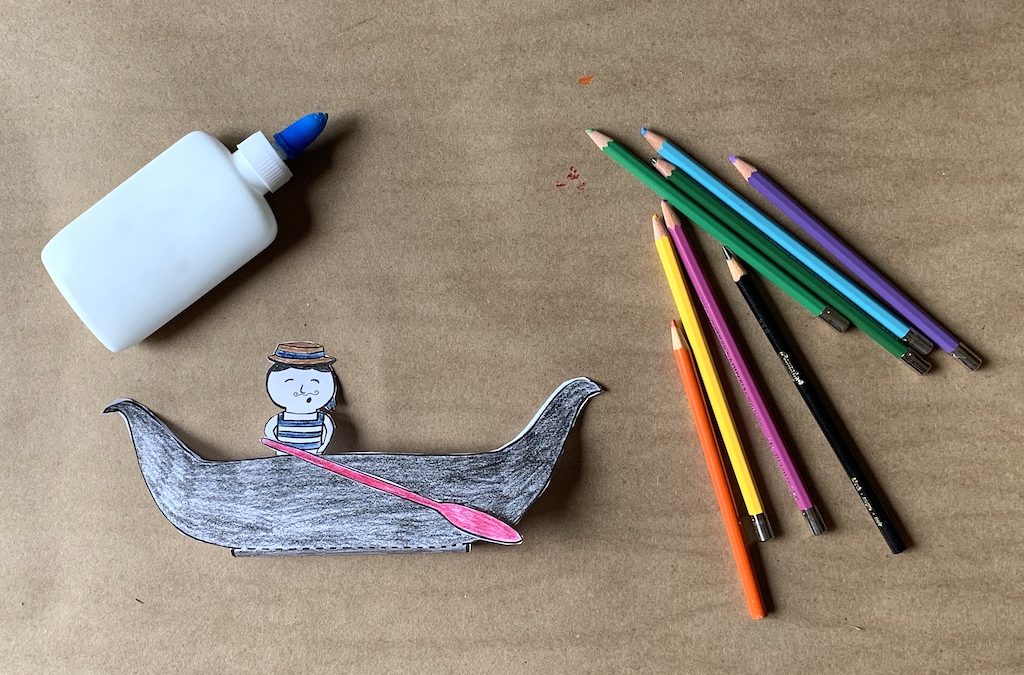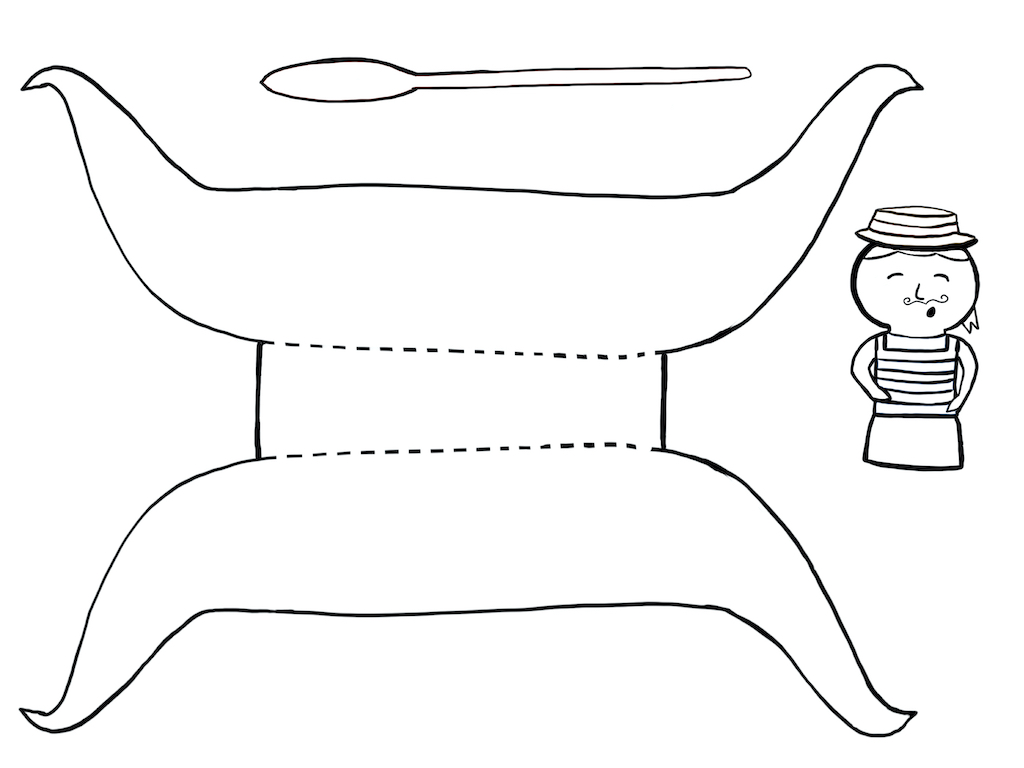Gondola – Italy’s Water Car!
Venice, Italy, a city built on water…. or at least built on mud flats. Venice is one of over 100 islands located in the Venetian Lagoon, an inlet of the Adriatic Sea. Early settlers created this “floating city” by digging a series of canals, and then shoring up the banks by lining them with wood stakes made of alder wood (a water-resistant wood), that were driven through the mud into the deeper clay base. These stakes were then covered with wooden platforms and stone, which became the foundations for the buildings of the city.
You might be wondering how the wooden stakes that hold up the city have not been subject to rot?! The answer is fascinating! Seas are made of oxygen-poor salt-water. This lack of oxygen inhibits the growth of microorganisms that cause wood decay. In addition, salt and other minerals found in the water have seeped into the wood over time and hardened the wood to an almost stone-like state! Isn’t that amazing?!
The water canals are essentially Venice’s roads, and these canals are connected by a series of over 400 bridges! Since the sea is subject to ocean tides, the water level in the canals rises and falls with the ocean tides. For a city built on water, boats, not cars, are the primary mode of transportation. Since the water in the canals is very shallow (an average of 3 feet to 15 feet), boats that travel in these canals must be fairly shallow or flat-bottomed. Although modern, powered boats are used for many of the city’s functions such as police, ambulance, and postal delivery, the historic gondola is still very much present.
The gondola is a traditional, flat-bottomed Venetian rowing boat, well suited to the conditions of the Venetian lagoon. It is typically piloted by a gondolier wearing an iconic black and white striped shirt, black pants, and a round, flat, ribboned hat. The gondolier is skilled at using a single rowing oar that is used both to steer and propel the boat.
Spectacular images of gondolas on the waterways of Italy can be found here: https://www.pinterest.com/passportnation/live-it-a-slice-of-life-in-europe/gondola/
GONDOLA PROJECT:
LEVEL ONE
Materials for Template 1:
- Template 1
- Colored Pencils or Crayons
Instructions:
- Instruct students color template with crayons or colored pencils.
- Optional: students may color a pattern or design on their gondola.
LEVEL TWO
Materials for Template 2:
- Template 2
- Colored Pencils or Crayons
- Scissors
- Glue
Instructions:
Instruct students to color gondola, paddle and gondolier with crayons or colored pencils.
- Using scissors, cut out the paddle, gondolier and gondola. Take care to only cut the outline of the gondola so the boat stays one piece.
- Fold along the dotted lines of gondola until each point of the side of the boat touches.
- Glue points together to secure.
- Now glue gondolier by putting a dot of glue near his waist and securing him on the inside edge of the boat.
- Lastly, glue paddle across his body.
This functional and beautiful water city is a magnificent example of the marriage of God’s original, creative design and man’s ingenious, functional design to accomplish a goal of life and productivity in an area that would otherwise have been uninhabitable!






